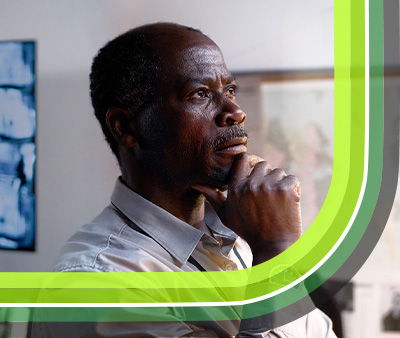 Search
Search
 Search
Search




Surging energy demand, funding constraints, and complex stakeholder ecosystems are reshaping energy and infrastructure strategies. Leaders must adopt innovative financing, modernize energy systems, and foster cross-sector collaboration to drive resilience and long-term growth.

A volatile global landscape is driving defense and security organizations to rethink operations, workforce strategies, and emerging technology adoption. Critical areas like cybersecurity and infrastructure modernization will shape readiness in an increasingly complex threat environment.


As healthcare transforms through digital innovation, workforce challenges, and evolving consumer expectations, leaders must embrace new models of care, integrate emerging technologies, and enhance operational efficiency to improve patient outcomes and systemwide resilience.


Guidehouse is a global AI-led professional services firm delivering advisory, technology, and managed services to the commercial and government sectors. With an integrated business technology approach, Guidehouse drives efficiency and resilience in the healthcare, financial services, energy, infrastructure, and national security markets.